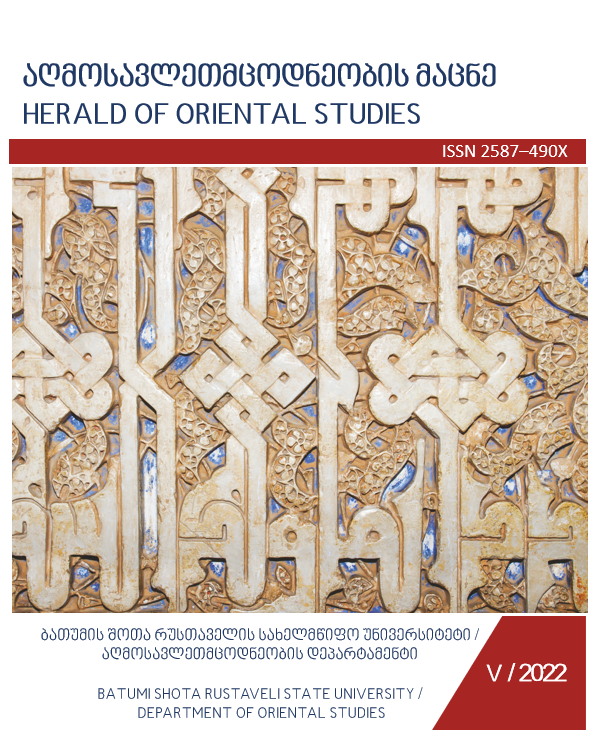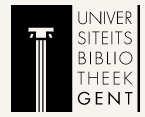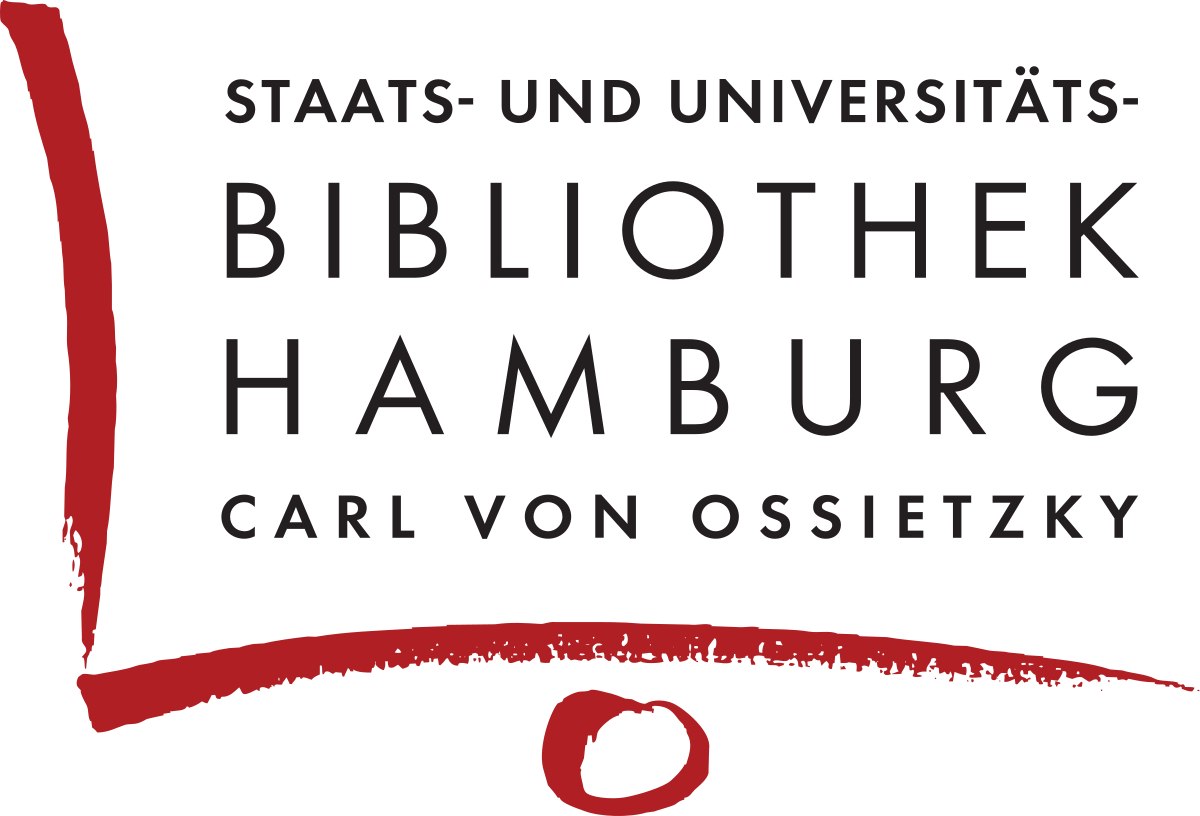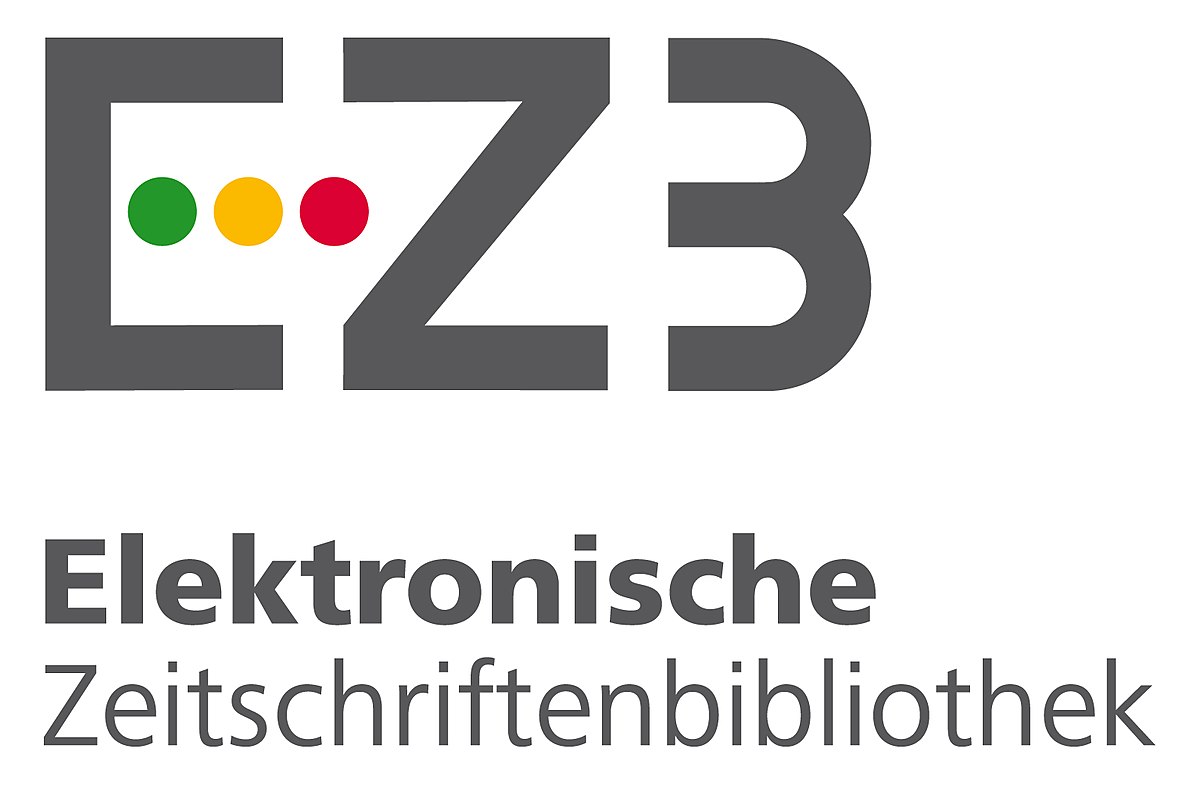Narrative features of Maradidi Klarjuli
DOI:
https://doi.org/10.61671/hos.5.2022.4076Keywords:
Dialects, Speech, Narration, Feature, Intonation, Timbre, Modal-Expressive Forms of BehaviorAbstract
Dialect, as a kind of language, is characterized by a type of linguistic immunity, which contributes to the preservation of verbal originality. Since the dialect is a presentation of oral speech, special importance is attached to the manner of speech, such as: intonation, tempo of speech, grammatical and expressive features, modalexpressive forms of behavior, vocabulary-phraseology, etc. In this regard, the narrative of Maradidi Klarjuli and its features are very diverse and interesting.
The manner of speech in the process of oral speech is significantly influenced by the tone and intonation of a speaker, thereby the narrator expresses his emotional attitude to what is being said. In addition, intonation performs not only the function of expression, but also has its own content as an essential component of sentence construction. Sentences of this structure are often found in Maradidi's speech. In particular, the intonational circulation of the interlocutor creates a kind of compressed construction of a complex sentence with the conjunction რომ (“that”), it mostly concerns the entire dependent sentence and always indicates a positive, somewhat exaggerated action. It is often used for personal praise (ჩვენ იმდონი სიმინდი მაქვან, რუმე...). In such cases, the vowel sound in the conjunction რომ is pronounced for a long time, and it is in this intonation that the content and main meaning lie.
The intonational-expressive function of the conjunction-particles თუ -“or’’ and და - “and” is clearly expressed in Maradidi Klarjuli, what is especially noticeable in the question-answer compressed constructions, mainly in the final position (– მე და შენ ერთი ვართ თუ? – ბათუმი აქავრზე კაÁა თუ? – ძალი ჩემთანაა თუ? - ქალაქშია; რამ არ უშავს, რამ ეტყვის თუ? – წეხვიდეთ, თუ?...).
A conjunction-particle can be rarely found in the middle position (იცი თუ ბაÁრამი? სხვა’ნა მოხვიდეთ თუ კიდო?...).
ცი თუ ბაÁრამი? სხვა’ნა მოხვიდეთ თუ კიდო?...). The conjunction-particle და-“and” is mainly characteristic of the southern dialects and is well expressed in Maradidi Klarjuli, which in some cases has the intonation of a request and often no longer requires continuation of the thought; the sentence ends with the prolonged intonation or, occasionally, is continued with a clarification (– გაბიწყდება’და, ბევრი დრო გეჲარა; – გურჯი ვარ’და, ჩემი ლაპარიკი ვერ არიგებენ; – მოთხვე’და!; – ვილაპარიკე’და, სხვა რამ არ ვიცი...).
The intonation factor is so important in a conversation that it creates a specific sentence construction, thereby revealing the speaker's attitude to the narrated.
The adverb მერე//მემრე -“then” is often used in the Maradidi dialect. However, it is sometimes replaced by the form with the same meaning - იმის უკან. The above forms in this case are conjunctions and do not convey a specific time; but they are time determiners of the entire sentence and, together with a joined verb-predicate, show the result of the previous narrative, or the intensity of the action process, the usual action...
Obviously, the adverbs მერე//მემრე//მემრენ//იმის უკან create a semantic field of the future tense, although in these contexts the verbpredicate, attached to it, expresses not a specific time, but an indefinite, general time, and also includes an understanding of the plurality of action.
All this confirms the generally accepted position, according to which universal timeliness and ordinariness are sought in the internal dimension of each tense.
Maradidi Klarjuli's narration focuses on the relationship between real and grammatical tense. For a speaker, relative tense is often more important than grammar, what supports the notion that "time is a somewhat semantic category, not a grammatical one". The same question is related to the time transfer factor: an action taking place in the present is transferred to the past and future (რატონ მოხველი და ახლა შიმიყვარდენ და არ’ნა დამავიწყონ...).
In this case, the action transmitted by the present is understood as something that happened in the past or will happen in the future, but does not contain a specific understanding of time. In fact, this is a common present, which points to a common spatial thinking.
In the narration of Maradidi, a transitional stage of the structural form of the sentence is observed, what is manifested in paratactical constructions. In particular, this applies to cases when the same wordmember is intensively repeated in a conversation, especially a verbpredicate (– მე მაქინა მაქვან, ყველაფერი მაქვან... ძველი ინსნების უსტობა არ მაქვან; – ალთუნი ევღეფთ, ჩასაცმელები ევღეფთ, რაცხა უნდანან ის ეÁღებენ; – ტათლი მეÁთხოვდენ. ბიჭის სახშიგოგოს თერეფი მეÁთხოვდენ ქათამი, თხილი...).
The verb-predicate არის-"to be" is also often used with a commonindefinite meaning, when it is functionally independent and is not part of the compound predicate (აქ ყველაფერი არი: ჩაი არი, თხილი არი, სხვა რამ არ არი...).
In addition to the verb-predicate, the intensive repetition of another word-member is also confirmed (– პაწაÁ ლობიაÁ, პაწაÁ სიმინდი, პაწაÁ ბიბერი მაქ დარგილი...).
In the Maradidi narrative, duplicated composites are especially striking. The second part of them is always a form with the prefix მand they are used mainly in cases where a number of things need to be listed. (თხილი-მილი; თოფი-მოფი; საჭმელები-მაჭმელებს; ღვინომინო...).
Various variants of a word უნდა -“should/must”, found in three forms, create an interesting and peculiar intonation in a speech. It is attached to almost every part of speech and can be used several times in one and the same sentence: უნდა’→ნა’/და’/ნდა’.
It can be said that it is impossible to accurately convey what was said both on paper and to a reader, any well-written text only approximately reflects oral speech. The researcher is obliged and tries to preserve as much as possible the natural sound of the written text,
how to write the material so that the reader correctly perceives the peculiarity of the dialect pronunciation, how to reflect in the dialect text the characteristics of live speech, for example, restrained conversation, which thus distinguishes the dialect of one village or valley from another. That is why the written dialect material is correctly perceived and understood only by the native speaker of the given dialect, since for a speaker of another dialect, the degree of his perception-understanding decreases with the increase in dialectical features.
Downloads
Downloads
Published
How to Cite
Issue
Section
License

This work is licensed under a Creative Commons Attribution-ShareAlike 4.0 International License.


































